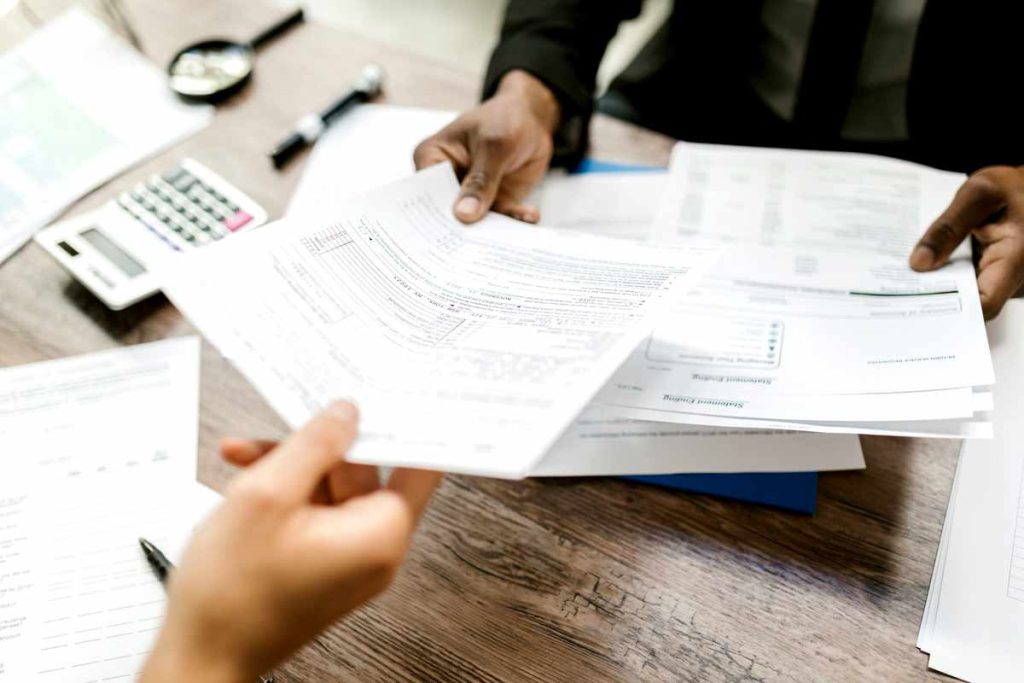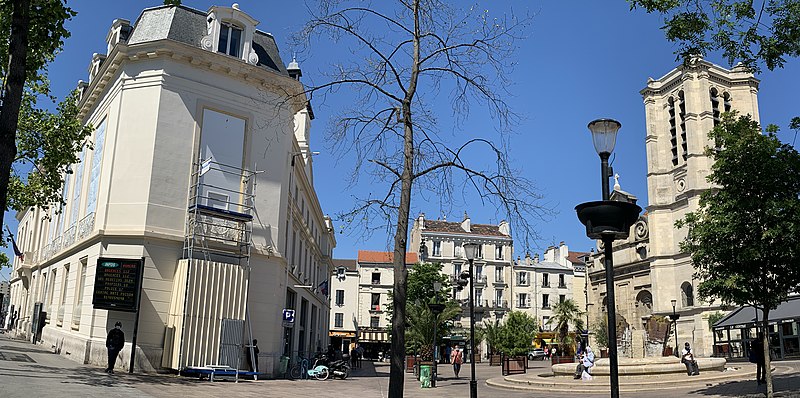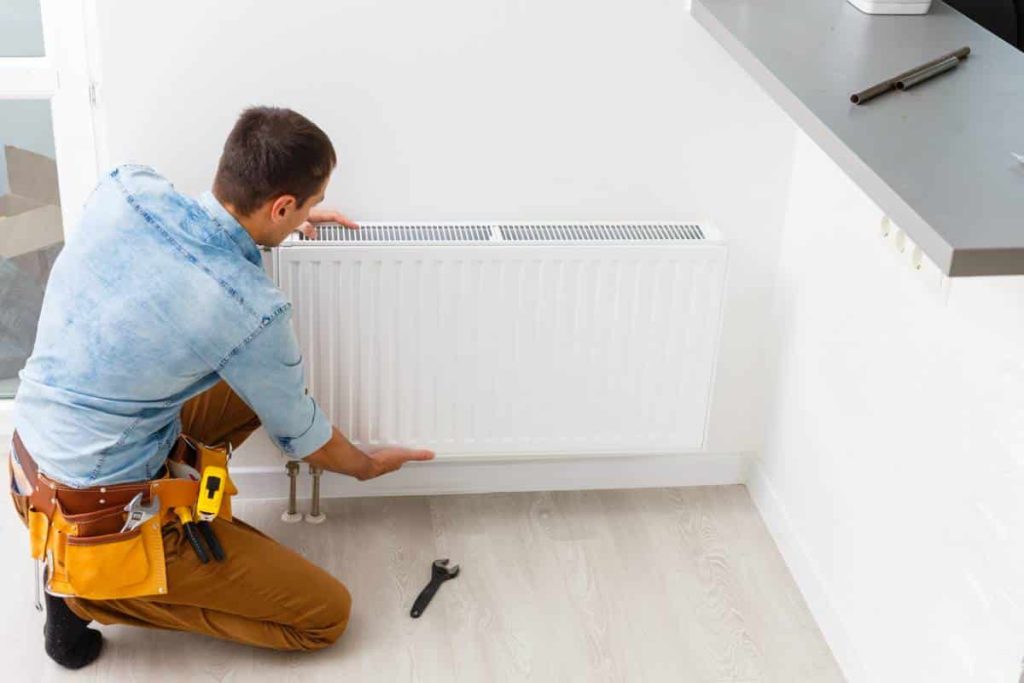The sale of co-ownership takes place according to a well-defined process. Different steps must be followed so that neither party to the contract is harmed. Find out how a condominium sale takes place and take advantage of good information to make it a perfect experience!
Summary
The definition of a condominium
A property in joint ownership is any building or group of built buildings, distributed by lot and which belongs to several people. Each co-owner (natural or legal person) holds a share and a private part of the common parts. It should be noted that the term building is used in the broad sense. It takes into account the houses and buildings themselves.
There are two types of joint ownership. If the buildings in question are only apartments, we speak of vertical co-ownership. On the other hand, if the property distributed is a detached house or an estate, we speak of horizontal co-ownership.
This mode of management consists of two parts. The first is the private part. It is the exclusive property of each co-owner. The second represents the common areas. They are intended for all co-owners or some of them.
Who notifies the trustee in the event of a sale?
In co-ownership law, the trustee is the natural or legal person designated by all the co-owners. He is a legal representative. You can find a good trustee in Annecy who gives you excellent guarantees. He manages the finances as well as the administration of the property in co-ownership. It is important to inform him in the event of the sale of the building.
The notary, the seller or the buyer must inform the trustee of the change of owner without delay. Ideally, this should be done by registered letter with acknowledgment of receipt. The trustee must provide access to all documents related to the property in co-ownership.

The documents of the co-ownership to be produced
When a co-owner decides to sell his lot, he is required to produce certain documents. This file is intended to inform the potential buyer about the condition of the building and its management. To avoid legal action, the ALURE law promulgated on March 27, 2014 extended the list of documents to be provided.
Technical documents
The co-owner must provide information relating to his lot. You must submit a certificate of the area of the private portion and another of measurement. The co-owner must establish an energy performance diagnosis (DPE).
The document also includes a statement of the interior gas and electricity installations if they are more than 15 years old.
You are also asked to provide a diagnosis as to the possible presence of dry rot. It is also necessary to report the risk of exposure to lead and asbestos for dwellings built before 1997. The co-owner must also provide a maintenance log.
Documents relating to the management of the condominium building
The seller must provide information about the building. These are the minutes of the last three general meetings, the co-ownership regulations, the description and any acts. The seller must also give the contact details of the trustee to the purchaser and the title deed to the notary.
The technical diagnosis
The technical diagnostic file is a report that informs a future buyer about the mandatory real estate diagnostics. It is established in order to secure the transaction and to meet an obligation in force. The technical diagnostic file also helps protect property, people and the environment. There are two reports.
The first represents house rental and apartment rental diagnoses intended to protect the lessor and future tenants. The second designates the house sale and apartment sale diagnoses which serve to protect the sale and the future owners.
Who pays for the voted works before the sale?
During the sale process, a General Assembly is held with all the co-owners. If the purchaser participates and votes, he must bear the costs of the works. On the other hand, if he does not attend or if he was not informed, it is up to the owner to pay the costs.




